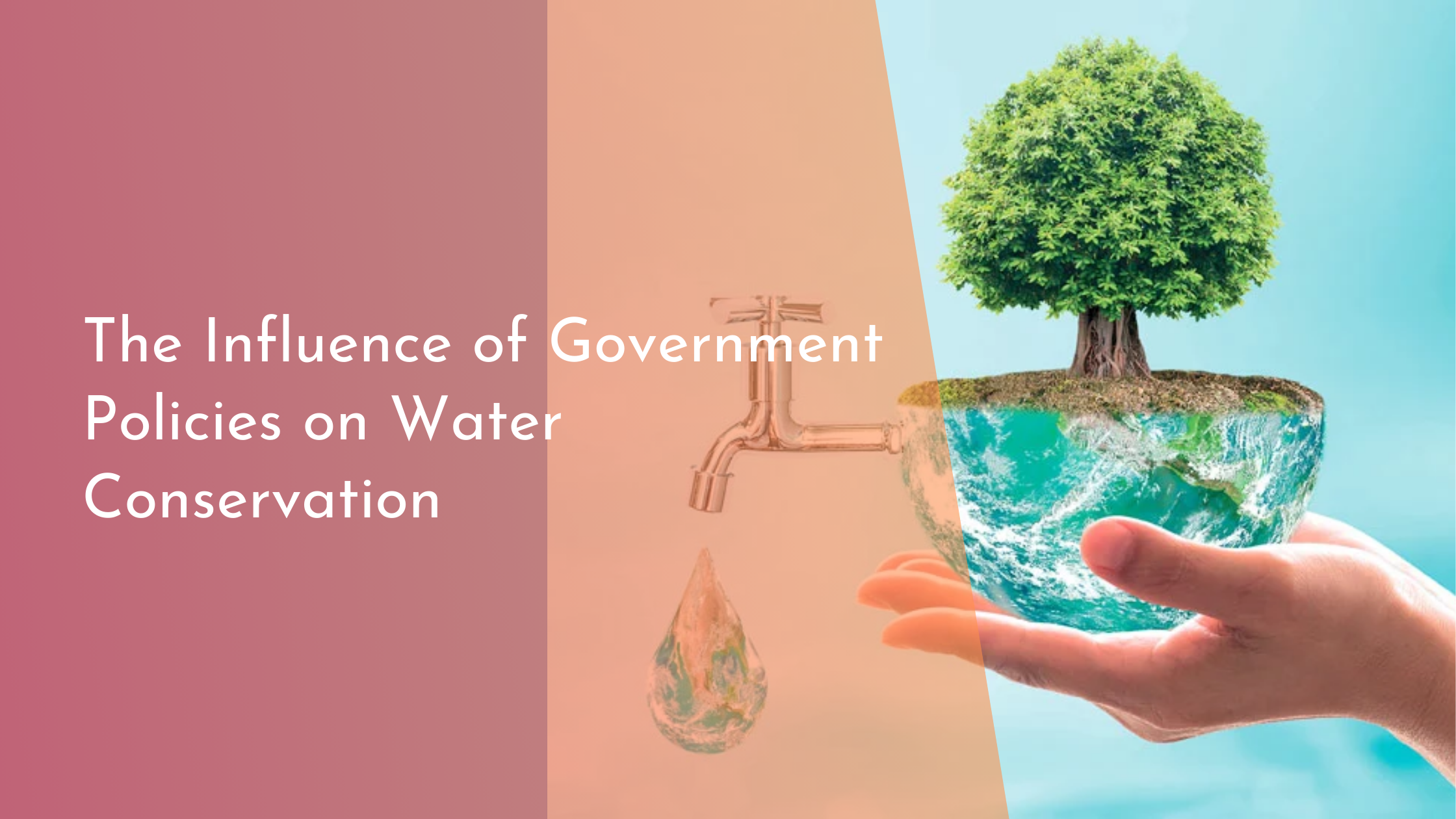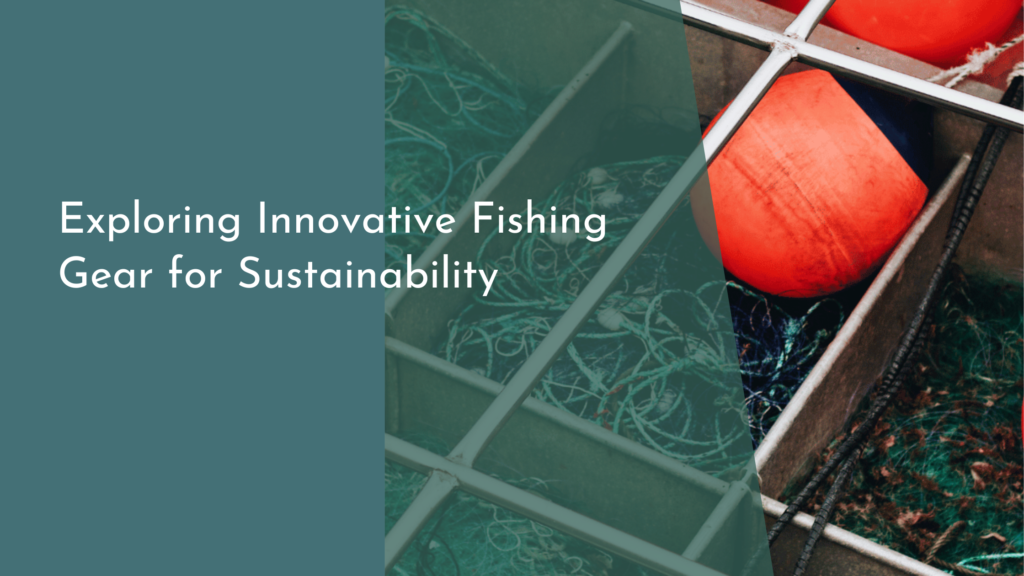The Influence of Government Policies on Water Conservation
Water is an essential resource, vital to both human life and the environment. As the global population and industrial activities continue to grow, the demand for fresh water is increasing at an alarming rate. Recognizing the importance of sustainable water usage, governments around the world are implementing policies to promote water conservation. These government-led efforts are crucial in fostering a culture of sustainability and ensuring water is available for future generations. In this article, we will explore the role of government in water conservation, highlight key policies driving water-saving initiatives, and showcase success stories from various countries. We will conclude with a hopeful outlook on the future of water conservation.
The Role of Government in Water Conservation
Governments play a pivotal role in water conservation by setting regulations, funding initiatives, and raising public awareness. They establish frameworks within which water resources are managed, ensuring that these measures align with broader environmental goals. By developing and enforcing policies such as water usage restrictions, governments can prevent over-exploitation of water resources and encourage efficient usage. Additionally, they can support infrastructure development to reduce water loss and improve recycling efforts. Such actions are foundational in promoting sustainable water use patterns across communities.
Moreover, governments can lead by example, implementing water-saving measures within public institutions and encouraging private sectors to follow suit. By offering incentives for businesses and households to adopt water-efficient technologies, governments can drive widespread change. These efforts are complemented by educational campaigns and public engagement strategies that inform citizens about the importance of conserving water. Ultimately, the government’s involvement in water conservation serves as a catalyst for collective action, inspiring individuals and organizations to contribute to this critical cause.
Key Policies Driving Water-Saving Efforts
One significant policy tool governments use to drive water conservation is the implementation of water pricing strategies. By adjusting water prices to reflect scarcity and the cost of supply, governments can incentivize consumers to reduce wastage. Such pricing models encourage households and industries to adopt water-efficient practices and technologies, fostering a culture of conservation. Additionally, revenue generated from these strategies can be reinvested in water infrastructure and conservation projects, creating a sustainable cycle of improvement.
Regulations and standards are another key component of government-led water conservation efforts. For instance, governments can mandate the use of water-efficient appliances and fixtures in new buildings or retrofit projects. These standards ensure that all sectors, from residential to industrial, adhere to practices that minimize water usage. Furthermore, governments can introduce policies that promote the reuse and recycling of water, such as wastewater treatment and rainwater harvesting initiatives. These regulatory measures provide a robust framework for conserving water resources and reducing environmental impact.
Success Stories from Around the World
Australia serves as a shining example of successful government-driven water conservation efforts. Faced with severe droughts and water scarcity, the Australian government implemented a series of policies aimed at reducing water consumption. Initiatives such as the National Water Initiative and the Water Efficiency Labelling and Standards Scheme have significantly decreased water usage across the country. The implementation of efficient water pricing and investment in desalination plants has further bolstered Australia’s resilience to drought, setting a global benchmark for water conservation.
Singapore is another success story, showcasing how innovative government policies can transform a water-scarce nation into a model of water sustainability. The country’s holistic approach combines technology, governance, and public engagement to manage water resources efficiently. Singapore has invested in cutting-edge water treatment and recycling technologies, while public campaigns promote a water-saving mindset among citizens. The Public Utilities Board (PUB) actively engages with the community through various outreach programs and initiatives, demonstrating the power of collaborative efforts in achieving water conservation goals.
Conclusion: A Positive Future for Water Conservation
Governments around the world are increasingly recognizing the importance of conserving water resources for the well-being of their citizens and the environment. By implementing effective policies and fostering collaborative efforts, they have laid the groundwork for a sustainable future. The success stories of nations like Australia and Singapore illustrate how targeted government action can yield significant results in water conservation. These examples offer valuable lessons and serve as inspiration for other countries to adopt similar strategies.
As we look to the future, there is a tangible sense of optimism about water conservation. With continuous advancements in technology and increasing global awareness, the potential for innovative solutions and effective policies is immense. Governments, communities, and individuals must continue to work together to safeguard this precious resource. By building on successes and learning from challenges, we can ensure a sustainable and water-secure world for generations to come.



